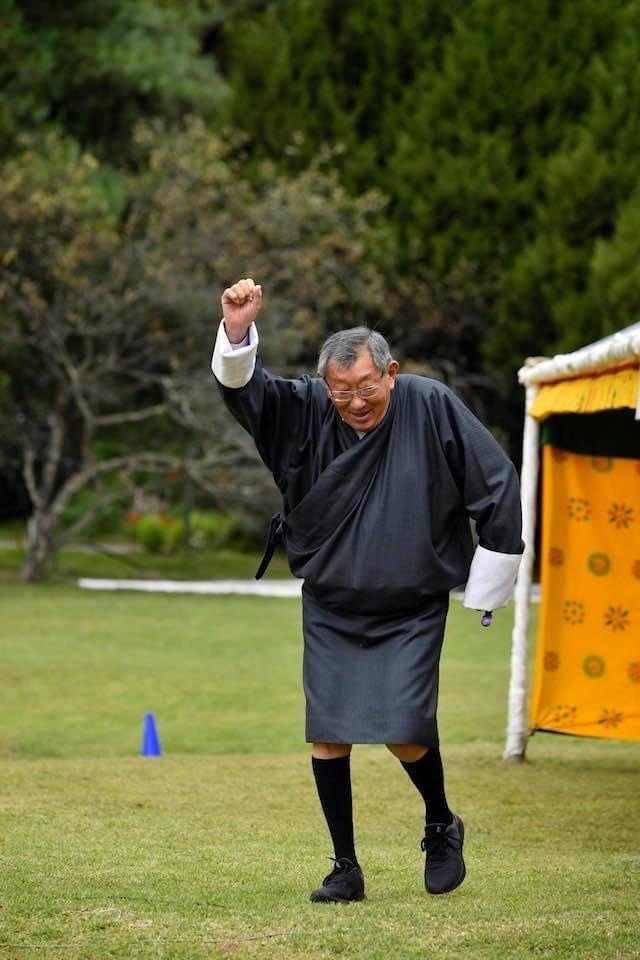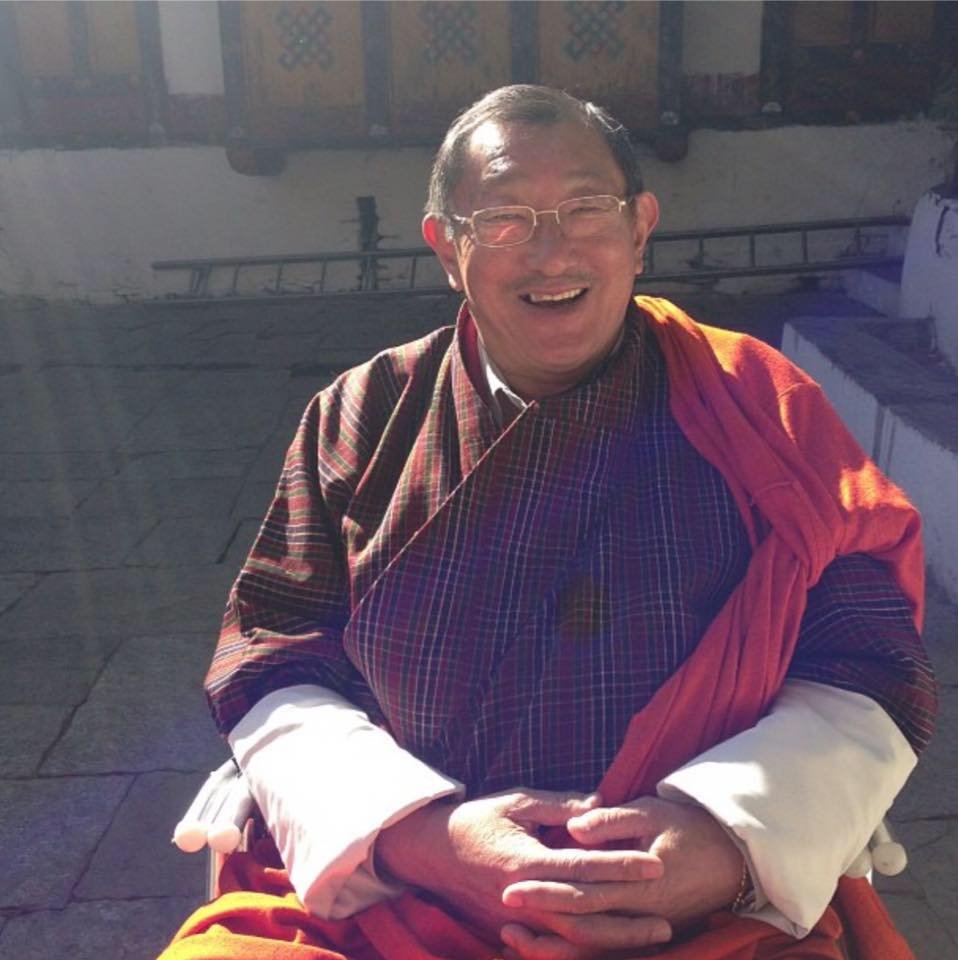Bhutan
My subject for Bhutan is Dasho Paljor J Dorji, commonly known as Dasho Benji, who has spent much of the last 50 years working on environmental and conservation policy in Bhutan
By Greg Hamilton, the Power of the River's director. - Flickr / Same image can be retrieved from the Power of the River official film site., CC BY 2.0, https://commons.wikimedia.org/w/index.php?curid=65384874
Geography
The Kingdom of Bhutan is a landlocked country in the Eastern Himalayas, located between China and India. Nepal and Bangladesh are located in close proximity to Bhutan but do not share a land border.. The autonomous region of Tibet is immediately to the north of Bhutan.
Source Wikipedia
Environmental issues
The main environmental concerns in Bhutan are Land degradation, biodiversity and habitat loss, high fuel-wood consumption, and human-wildlife conflicts. Bhutan is a carbon negative country exporting electricity from its hydroelectric program and absorbing more carbon dioxide than it produces from its extensive protected forest areas

About Dasho Benji
Steering the country’s environmental strategy for a large part of the last fifty years has been Dasho Benji
Benji devised and established a National Environmental Trust Fund to finance ongoing conservation work in Bhutan, insulating funding of work from donor fatigue
Whilst in office, Dasho Benji was visited by the WWF forestry consultant, John McKinnon, who proposed to Benji that following his analysis he felt Bhutan could protect at least 60% of its forest. Benji presented this to the fourth King along with how this could be supported by the Trust fund along with the benefits it would confer. This was committed to by the King and has become one of the pillars of Bhutan’s environmental policy
Benji established Bhutan's first non-governmental organization, the Royal Society for the Protection of Nature in 1987 to conserve the country's black-necked crane population and to preserve the country's biodiversity in general. Benji was responsible for protecting the winter-feeding grounds of the cranes. He stopped the Bumthang valley wetlands being drained for seed potato farms and had the valley designated as a protected area





If you would like to see the full timelapse painting process and hear more of Benji’s story, please click on the link below


